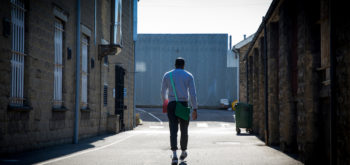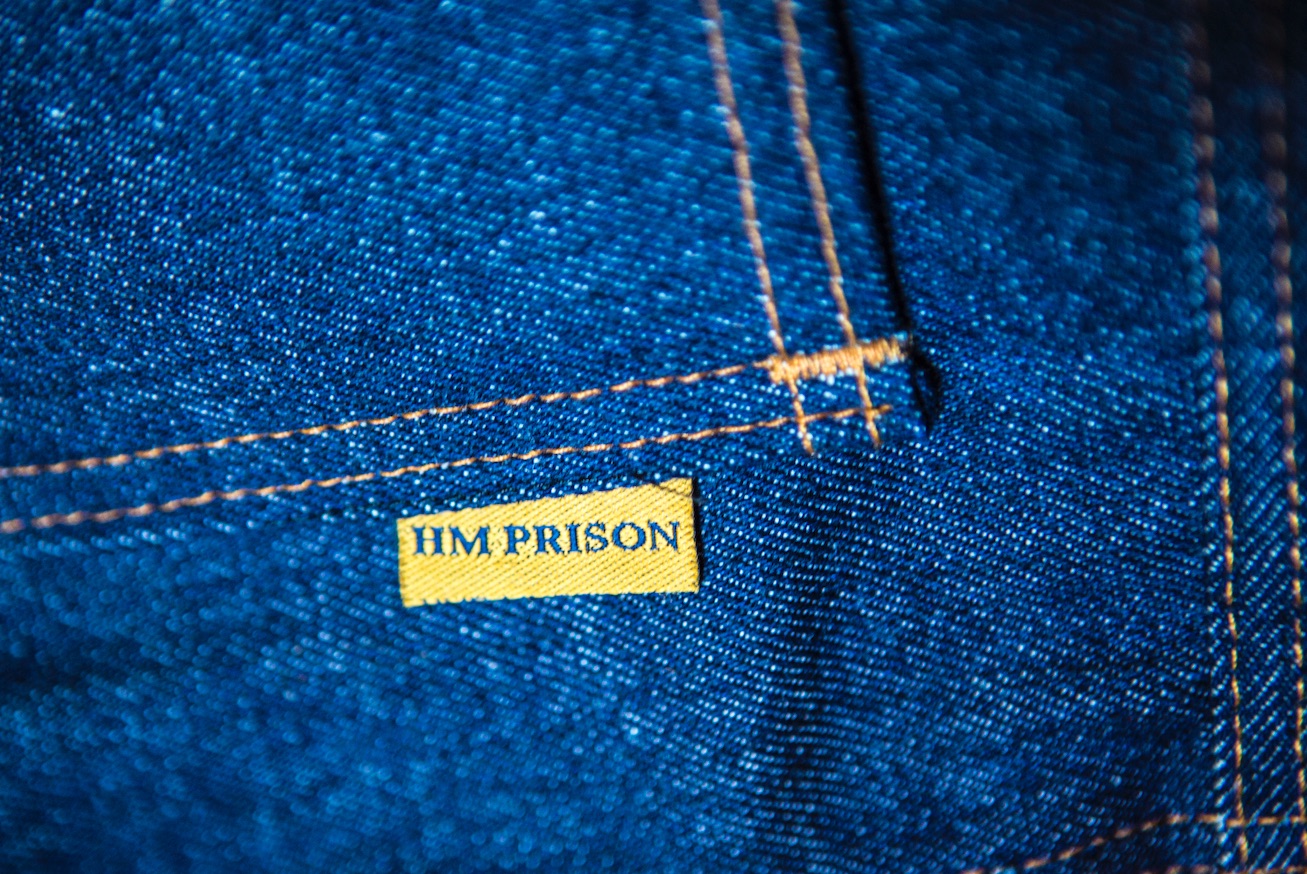The government has set out its plan for ‘the largest prison building programme’ in century promising 20,000 new places and a ‘zero tolerance’ policy on drugs, in its Prisons Strategy White Paper published yesterday. The justice minister Dominic Raab set out proposals including £3.5 billion to ensure 18,000 new prison places including a thousand new places by the end of this year, £250 million to provide 2,000 new ‘temporary’ places but only £200 million to support prison leavers with rehabilitation.
 ‘We’re building the prisons to incarcerate dangerous and prolific offenders,’ said Dominic Raab. ‘We’re deploying the tech to stop the flow of drugs, weapons and phones into prisons. And we’re re-orienting the regime to get offenders off drugs for good, and into work – to cut crime, and keep the pubic safe’. The proposals include a commitment to recruit an additional 5,000 officers, with 2,400 employed in the next two years. Minister promises ‘zero-tolerance to drugs and treating addictions from day one’ with all new prisoners being assessed on arrival for drug and alcohol addictions.
‘We’re building the prisons to incarcerate dangerous and prolific offenders,’ said Dominic Raab. ‘We’re deploying the tech to stop the flow of drugs, weapons and phones into prisons. And we’re re-orienting the regime to get offenders off drugs for good, and into work – to cut crime, and keep the pubic safe’. The proposals include a commitment to recruit an additional 5,000 officers, with 2,400 employed in the next two years. Minister promises ‘zero-tolerance to drugs and treating addictions from day one’ with all new prisoners being assessed on arrival for drug and alcohol addictions.
Peter Dawson, director of the Prison Reform Trust, was sceptical, welcomed investment in preventing drugs from getting into prisons. ‘But it’s hardly a new ambition and the track record of delivery on prison promises is poor,’ he said. ‘You can’t build prison reform on a foundation of overcrowded, dilapidated prisons where prisoners spend most of their day in their cells. That’s what life is like in the prisons where these problems are most acute. The government is in danger of addressing the symptoms of our broken prison system, not its causes.’
Dr Kate Paradine, chief executive of Women in Prison, called for ministers to ‘listen to those of us on the frontline and divert the money set aside for new prison places to invest in community solutions’ like Women Centres. The white paper includes plans for 500 more places for women as well as plans to build new ‘trauma-informed and women-specific’ facilities.
Paradine said that the proposals ‘fly in the face of the evidence and simply do not make sense’. ‘Most women are in prison for six months or less which is long enough to lose your job, home and children,’ she said. ‘This means that when leaving prison women are often faced with overwhelming barriers, such as searching for suitable accommodation and employment. Imagine what she could achieve in those six months instead, if supported in the community and able to solely focus on the reasons she was swept up into crime, like harmful substance use?’
The Howard League for Penal Reform tweeted that ‘if, at the same time as spending all this money on security, the government is committed to massively increasing the prison estate’ then ‘the reality is that the problem of drugs will grow, and the resources required to address it will grow as well’.
The government is expected to publish a white paper on prisons today.
The details trailed in the media have been focused on tackling drugs, which is interesting…
— The Howard League (@TheHowardLeague) December 7, 2021
Proposals provide for airport style security on arrival with the use of drug detection dogs and X-Ray body scanners to stop contraband making its way into prisons as well as body worn cameras for ‘all staff who need them’.
A new prisoner education service would be provided to help prisoners improve basic literacy and numeracy skills as well as acquire vocational qualifications such as construction and computing to increase their employability when released. The Prisoners’ Education Trust pointed out that only 7% of men leaving prison and 4% of women have a job six weeks later. ‘Without significant investment in teachers, technology, equipment and the physical environment, and without more prison officers around, prison education will not improve,’ commented Jon Collins, PET’s chief executive.
Measures include:
- A ‘zero-tolerance’ approach to drugs – all new-build prisons will have ‘cutting-edge body scanners and airport-style security as standard’
- Getting offenders clean and treating addictions that thwart rehabilitation – ‘assessing all prisoners on arrival for drug and alcohol addictions and putting in place a comprehensive plan to support them to properly recover from day one’
- Making sure prisoners gain basic standards of numeracy and literacy while inside – ‘ensuring every single prisoner has a basic level of English and maths so they are equipped for work on release, and a new Prisoner Education Service to train up offenders with vocational skills including construction and coding’
- New drive to get offenders into work – ‘introducing a new job-matching service that pairs offenders up with vacancies in the community on release’
- Resettlement Passports to put proper plans in place for prisoners on release – providing all prisoners with ‘a personalised passport that brings together all the things offenders need to start looking for work straight away, including a CV, identification and a bank account as well as vital support services in the community’
- New fast-tracked punishments – ‘bringing forward a speedier punishment scheme when prisoners transgress.’
Support the Justice Gap, buy Proof








